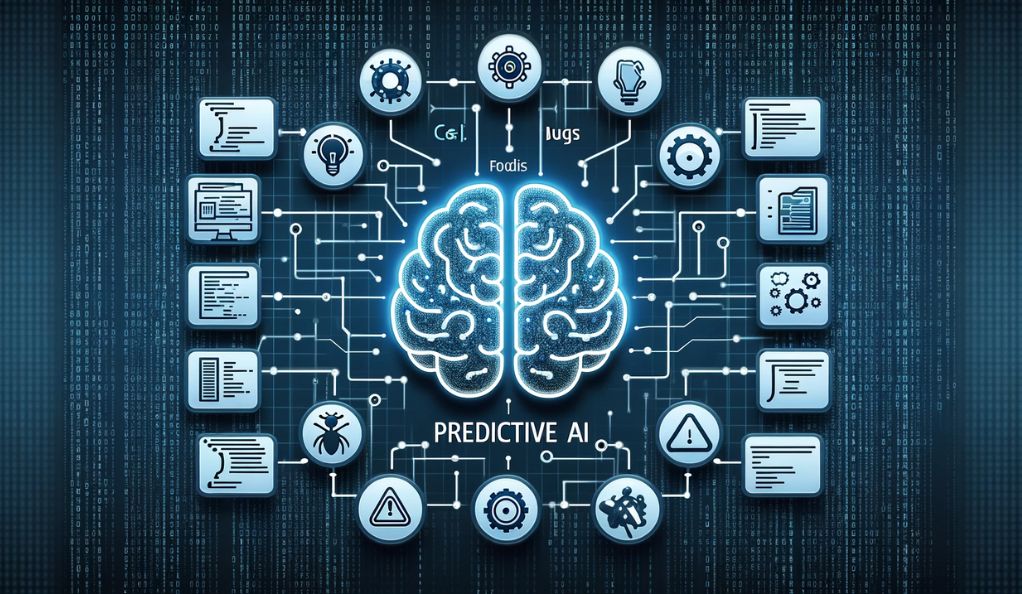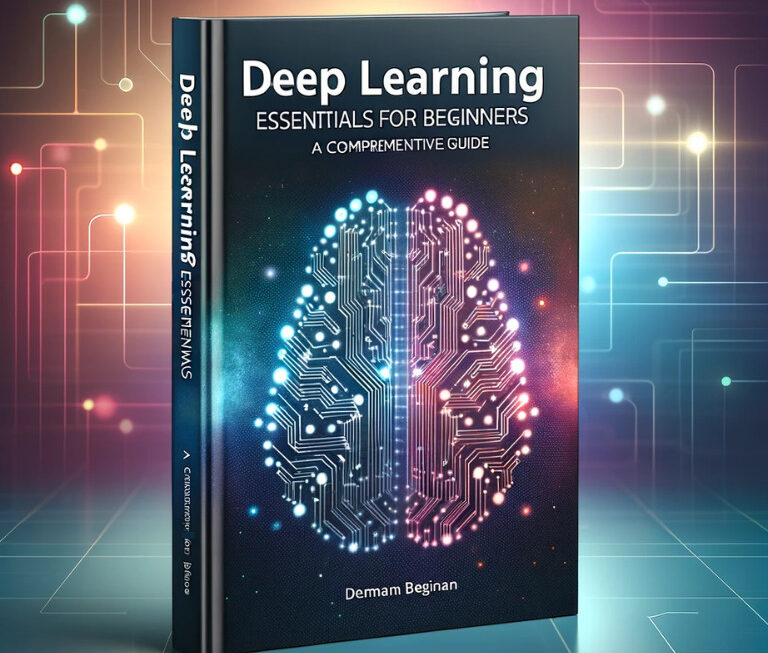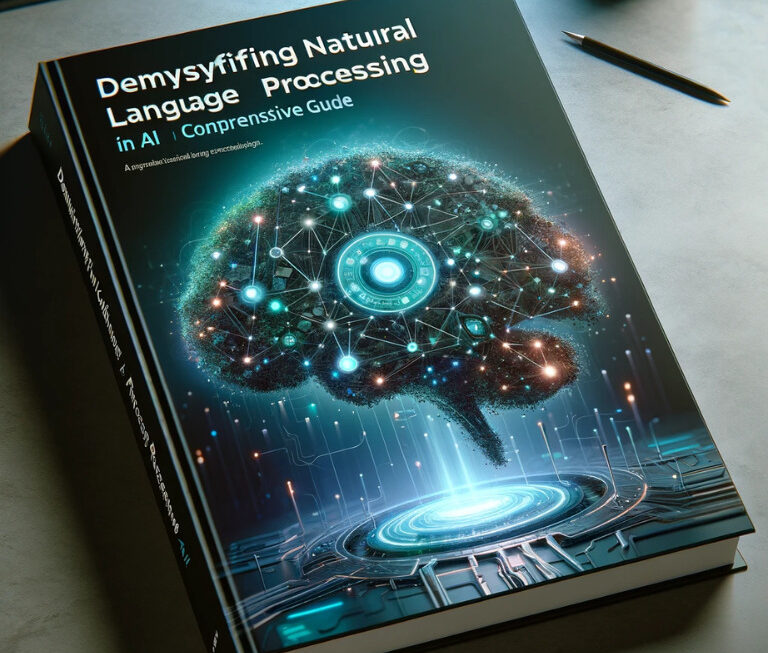Quality Assurance (QA) has long been an indispensable part of software development. Traditionally, QA teams have focused on identifying and rectifying bugs and defects after they’ve emerged in the software development life cycle. This reactive approach has served the industry well, but it has its limitations. Enter Predictive QA, a paradigm shift in quality assurance that leverages the power of artificial intelligence (AI) to forecast and fix bugs before they occur.
Understanding the Basics of Predictive Quality Assurance
Predictive QA represents a fundamental change in how we approach quality assurance. Instead of waiting for defects to surface during testing or, worse, in production, Predictive QA uses AI algorithms and machine learning models to predict potential defects in advance. This proactive approach enables organizations to save time, resources, and, most importantly, deliver higher-quality software to their users.
At its core, Predictive QA relies on the analysis of historical data and patterns. By examining past defects, code changes, and testing results, AI algorithms can identify trends and correlations that humans might miss. These insights allow QA teams to anticipate issues that could arise in the future and take preventive measures.
The Evolution of QA: From Reactive to Predictive
To appreciate the significance of Predictive QA, it’s essential to recognize how far quality assurance has come. Traditional QA methodologies were primarily reactive. QA professionals would test software after development, often discovering critical issues late in the process. This approach could lead to costly delays, reputation damage, and dissatisfied customers.
Predictive QA, on the other hand, is proactive and forward-thinking. It not only identifies potential defects but also provides actionable insights to mitigate them. This shift in mindset aligns with the broader trend in software development towards DevOps and continuous integration/continuous delivery (CI/CD). Predictive QA becomes an integral part of the development pipeline, ensuring that code is clean and free from potential problems from the outset.
The Role of AI in Predictive QA

Predictive QA owes its transformative potential to the integration of artificial intelligence (AI) and machine learning into the quality assurance process. These advanced technologies empower QA teams to move from reactive bug fixing to proactive defect prevention. In this section, we’ll explore how AI algorithms play a pivotal role in predicting potential defects in software development.
How AI Algorithms Predict Potential Defects
At the heart of Predictive QA are AI algorithms that analyze vast amounts of data to uncover patterns and anomalies. These algorithms leverage historical data, including past defects, code changes, testing results, and other relevant metrics. By scrutinizing this data, AI can identify correlations and trends that may indicate where defects are likely to occur in the future.
One of the primary ways AI algorithms predict defects is through predictive modeling. These models are trained on historical data and learn to recognize factors that are associated with defects. For example, they might identify code changes that are frequently linked to bugs or certain coding practices that are more error-prone.
Additionally, AI algorithms can consider a multitude of variables simultaneously, something that would be challenging for humans to do comprehensively. They can take into account factors like code complexity, developer performance, and even external factors like the time of day when code changes are made. This holistic approach allows for more accurate predictions.
Machine Learning Models at the Forefront of QA
Machine learning models are the workhorses behind predictive QA. These models come in various forms, such as decision trees, random forests, neural networks, and support vector machines. They use algorithms to analyze data, make predictions, and adapt over time based on new information.
For instance, a machine learning model might analyze patterns in code changes and defects to predict the likelihood of a bug emerging in a particular code module. As new code changes are made and defects are discovered (or prevented), the model continuously refines its predictions, becoming increasingly accurate.
The beauty of AI-powered Predictive QA is that it doesn’t rely solely on human intuition or expertise. Instead, it leverages the computational power of machines to process and learn from vast datasets, resulting in more reliable predictions and ultimately higher software quality.
Integrating Predictive Analytics into QA Processes
Implementing Predictive QA effectively requires a strategic approach to integrating predictive analytics into your existing QA processes and workflows. In this section, we’ll explore the steps organizations can take to harness the full potential of Predictive QA.
Steps to Incorporate Predictive Models in QA Workflows
- Data Collection and Preparation: The foundation of Predictive QA is high-quality data. Start by collecting historical data on defects, code changes, testing results, and relevant metrics. Ensure data cleanliness and consistency. This step is crucial for accurate predictions.
- Selecting the Right Predictive Models: Choose the machine learning models that best suit your organization’s needs and resources. The choice of models may depend on the complexity of your software, the availability of data, and the specific defects you aim to predict.
- Training and Validation: Train your chosen models using historical data. Use a portion of the data for training and another portion for validation to assess the model’s accuracy. Fine-tune the model parameters to achieve the best results.
- Integration with CI/CD Pipeline: To realize the benefits of Predictive QA fully, integrate predictive models into your continuous integration and continuous delivery (CI/CD) pipeline. This ensures that code changes are continuously evaluated for potential defects before they reach production.
- Real-time Monitoring: Implement real-time monitoring of predictions and defects. As new data becomes available, the predictive models should update and provide ongoing insights to QA teams. This dynamic approach helps in adapting to changing software and development practices.
- Collaboration with QA Teams: Foster collaboration between AI experts and QA professionals. QA teams need to understand how to interpret and act upon the predictions provided by the AI models. Continuous communication and training are essential for success.
Data-Driven Bug Prediction Techniques
In Predictive QA, the cornerstone of accurate defect forecasting lies in the meticulous analysis of historical data. By examining past defects, code changes, testing results, and other relevant metrics, predictive models can unearth hidden patterns and provide invaluable insights. In this section, we’ll delve into the data-driven techniques used to predict bugs effectively.
Analyzing Historical Data for Bug Prediction
- Defect Correlation Analysis: One of the fundamental techniques in Predictive QA is defect correlation analysis. This involves examining the historical relationship between code changes and the occurrence of defects. By identifying patterns in code changes that tend to lead to defects, predictive models can forecast potential issues.
- Code Complexity Metrics: Predictive QA models often consider code complexity metrics, such as cyclomatic complexity or code churn. Highly complex code or frequent changes to certain modules may be indicative of potential trouble spots. AI algorithms can flag these areas for closer inspection.
- Developer Performance Metrics: Another aspect of historical data analysis is assessing developer performance. Predictive models can evaluate the track record of individual developers and teams. If certain developers consistently introduce defects, the model can factor this into its predictions.
- Temporal Analysis: Predictive QA doesn’t just focus on code and developer-related factors. It also considers temporal aspects. For example, certain times of day or days of the week may be associated with a higher likelihood of defects. This temporal analysis helps in scheduling code reviews and testing more effectively.
- Bug Lifecycle Analysis: Understanding the lifecycle of past defects can provide valuable insights. Predictive models can track how long it took to detect and fix defects, helping organizations identify bottlenecks in their QA processes and expedite defect resolution.
The Importance of Data Quality and Quantity in Accurate Forecasting
It’s crucial to emphasize that the accuracy of Predictive QA models heavily depends on the quality and quantity of historical data. Here are some key considerations:
| Consideration | Description |
|---|---|
| Data Quality | High-quality data is free from errors and inconsistencies. Organizations should invest in data cleansing and validation to ensure the integrity of their historical data. |
| Data Quantity | Predictive models thrive on large datasets. The more data you have, the more patterns and correlations can be identified. Organizations should aim to collect and maintain comprehensive historical records. |
| Data Continuity | Data continuity is essential for maintaining the accuracy of predictive models. As your software evolves and changes over time, it’s important to keep your historical data updated and relevant. |
By applying these data-driven bug prediction techniques and maintaining a robust historical dataset, organizations can leverage Predictive QA to its fullest potential. The next section will explore the collaboration between AI and human QA teams, highlighting the importance of balancing automation with human expertise.
The Human Element: AI and QA Teams Working Together

In the realm of Predictive QA, a harmonious collaboration between AI and human QA teams is essential for success. While AI algorithms excel at data analysis and prediction, human expertise brings context, creativity, and critical thinking to the table. In this section, we’ll explore the importance of balancing automation with human involvement in Predictive QA.
Balancing Automation with Human Expertise
- AI for Data Analysis: AI algorithms are adept at sifting through vast amounts of data, identifying patterns, and making predictions. They can tirelessly analyze code changes and historical defect records, providing QA teams with valuable insights.
- Human Contextual Understanding: Human QA professionals possess a deep understanding of the software, its intended functionality, and the nuances of user experience. They can interpret the predictions made by AI models in the context of real-world usage.
- AI for Repetitive Tasks: AI is ideal for automating repetitive and labor-intensive tasks, such as code analysis and defect pattern recognition. This frees up QA professionals to focus on more creative and exploratory testing.
- Human Creativity and Exploratory Testing: QA teams excel at exploratory testing, where they actively seek out potential issues that may not be evident in data alone. They can devise test scenarios that mimic user behavior and uncover unforeseen defects.
- Continuous Improvement: The synergy between AI and human teams fosters a culture of continuous improvement. AI models learn from human feedback, and QA teams refine their testing strategies based on AI insights.
Training Teams to Adapt to Predictive QA Tools
To ensure the seamless integration of AI into QA processes, organizations must invest in training and upskilling their QA teams. Here are some key steps:
- AI Familiarization: QA professionals should receive training to understand the basics of AI, how predictive models work, and how to interpret AI-generated insights.
- Collaboration Skills: Encourage open communication between AI experts and QA teams. Foster an environment where QA professionals feel comfortable discussing AI-generated predictions and collaborating on defect prevention strategies.
- Feedback Loops: Establish feedback mechanisms where QA teams can provide input to improve AI models. This iterative process helps fine-tune the models and make them more effective over time.
- Ethical Considerations: Train teams to consider ethical implications when using AI in QA. Address concerns related to bias, fairness, and data privacy to ensure responsible AI implementation.
By striking the right balance between AI automation and human expertise and investing in training and collaboration, organizations can unlock the full potential of Predictive QA. The next section will explore some of the challenges and considerations that come with implementing Predictive QA.
Challenges and Considerations in Predictive QA
While Predictive QA holds immense promise, its implementation comes with a set of challenges and ethical considerations that organizations must navigate. In this section, we’ll delve into some of the key issues to be mindful of when integrating Predictive QA into your software development processes.
Addressing False Positives and Model Bias
- False Positives: Predictive QA models may occasionally generate false alarms, predicting defects that do not materialize. These false positives can lead to unnecessary delays and efforts in investigating non-existent issues. It’s important to develop mechanisms to minimize false positives and fine-tune model accuracy.
- Model Bias: AI models are only as good as the data they are trained on. If historical data contains biases, such as overrepresentation of certain defect types, AI models can inherit these biases. This can lead to skewed predictions and reinforce existing inequalities. Regular audits and ethical considerations are crucial in addressing model bias.
Ethical Considerations and Trust in AI Predictions
- Data Privacy: The collection and use of historical data for Predictive QA must align with data privacy regulations and best practices. Organizations need to ensure that sensitive user data is protected and anonymized.
- Fairness: Predictive QA models must be designed to treat all code and developers fairly. Unintentional bias in predictions, favoring specific developers or code modules, can lead to unfair treatment and demotivation.
- Transparency: Trust is paramount in AI-driven QA. Organizations should strive to make AI predictions transparent and understandable to QA teams. Explainability in AI models can help build trust and facilitate collaboration.
- Human Oversight: While AI can automate many aspects of Predictive QA, human oversight remains essential. QA professionals should have the final say in decision-making, especially when addressing predictions that may have ethical implications.
Navigating these challenges and ethical considerations requires a thoughtful approach. Organizations should establish clear guidelines, conduct regular audits of AI models, and foster a culture of responsible AI usage within their QA teams.
The Future of Predictive QA

Predictive QA is poised to play an increasingly vital role in the software development landscape. As technology evolves, so too will the capabilities and possibilities of Predictive QA. In this section, we’ll explore some of the emerging trends and technologies that are shaping the future of quality assurance.
Emerging Trends in Predictive QA
- AI-Powered Test Automation: Predictive QA is not limited to defect prediction alone. AI-driven automation is extending to test case generation, execution, and maintenance. AI can identify the most critical test cases and execute them efficiently, optimizing testing efforts.
- Predictive Maintenance: Beyond bug prediction, Predictive QA is branching into predictive maintenance of software systems. AI can forecast when components or libraries need updates or replacements, reducing the risk of system failures.
- AI-Enhanced Code Reviews: AI-driven tools can assist developers by flagging potential code quality issues during the development process. This proactive approach can prevent defects from emerging in the first place.
- Natural Language Processing (NLP): NLP is being integrated into QA processes to analyze user feedback and comments. AI can extract valuable insights from user interactions to identify potential issues and areas for improvement.
Preparing for the Next Wave of QA Innovation
To harness the full potential of Predictive QA in the future, organizations should consider the following steps:
- Invest in AI Research and Development: Stay at the forefront of AI advancements in quality assurance. Invest in research and development to create or adopt cutting-edge AI technologies.
- Continuous Learning and Adaptation: Foster a culture of continuous learning and adaptation within your QA teams. Encourage team members to stay updated on emerging technologies and best practices.
- Collaboration with AI Experts: Collaboration between QA professionals and AI experts will become increasingly crucial. Develop strong cross-functional teams to leverage AI effectively.
- Ethical AI Governance: As AI plays a more significant role in QA, establish robust ethical AI governance frameworks. Ensure that AI models are fair, transparent, and accountable.
Conclusion
In conclusion, Predictive QA stands as a revolutionary force poised to redefine the landscape of software development and quality assurance. It heralds an era where defects are anticipated and prevented, not just uncovered and resolved. By embracing the power of AI-driven prediction, organizations can streamline their testing efforts, deliver higher-quality software, and remain agile and competitive in a rapidly evolving tech ecosystem. As Predictive QA continues to evolve, it promises not just an improvement in software quality, but a fundamental shift in how we approach the entire development process, ultimately leading to software that is more reliable, efficient, and user-centric.
In this journey from traditional QA to an AI-driven future, the intersection of data-driven insights and human expertise becomes the cornerstone of success. By balancing automation with human creativity, addressing challenges such as bias and ethics, and staying at the forefront of emerging trends, organizations can navigate this transformative path with confidence, unlocking the full potential of Predictive QA and ushering in a new era of software excellence.




